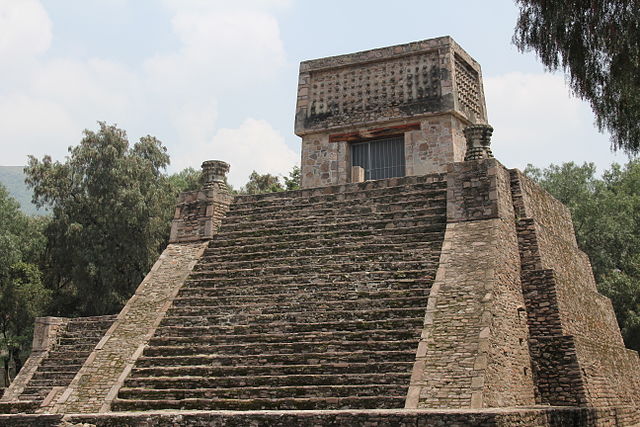Santa Cecilia Acatitlan is a significant archaeological site located in the municipality of Tlalnepantla de Baz, in the State of Mexico. The site is known for its well-preserved Aztec temple and is believed to have been an important ceremonial center during the Postclassic period. The area was initially inhabited by the Otomi people before being conquered by the Aztecs in the 15th century. The site provides valuable insights into the architectural style, societal organization, and religious practices of the Aztec civilization.
Otomi People
The Otomi people are one of the indigenous groups in Mexico, with a history that stretches back to pre-Hispanic times. Primarily found in the central Mexican plateau region, particularly in the states of Hidalgo, Mexico, Puebla, and Guanajuato, the Otomi have maintained much of their cultural identity despite the influences of Spanish colonization. Known for their rich folk traditions and crafts, especially their colorful embroidery and textiles, the Otomi people have a strong connection to the land and a deep respect for nature, which is reflected in their traditional practices and lifestyle.
The tribe of Otomi people has its own language, Otomí, which is part of the Oto-Pamean language family, and varies in dialect across different Otomi communities. These communities are often organized around communal and family ties, with agriculture being a central part of their lives. They are highly regarded for their knowledge of medicinal plants and natural remedies, which has been passed down through generations. Moreover, their ceremonial rituals and dances, such as the “Danza de los Voladores” (Dance of the Flyers), are an integral part of Otomi culture, merging their ancient spiritual beliefs with contemporary expressions. Despite facing challenges such as economic hardship and the encroachment of modern development, the Otomi people persist in practicing their traditions and preserving their way of life.

